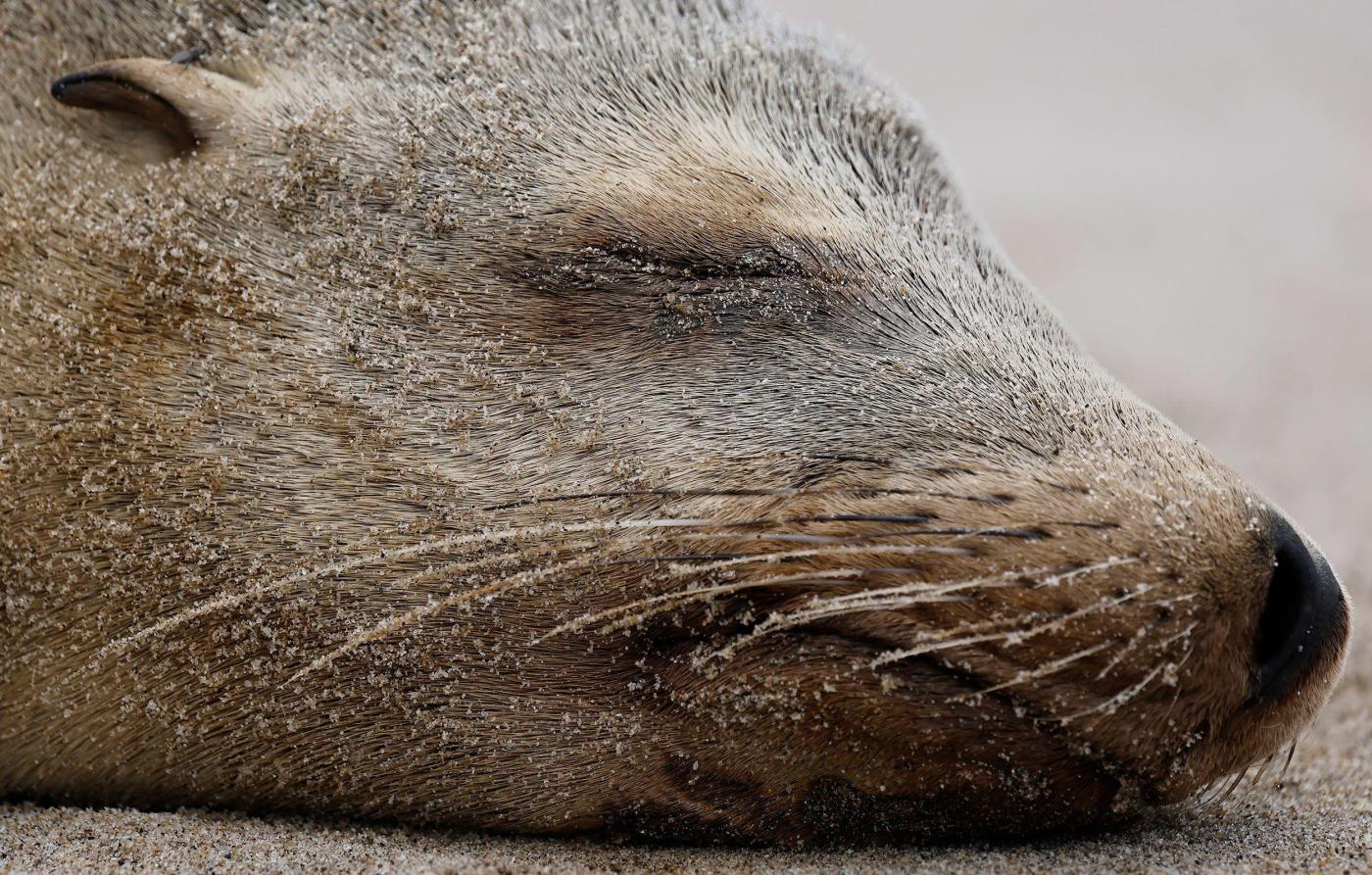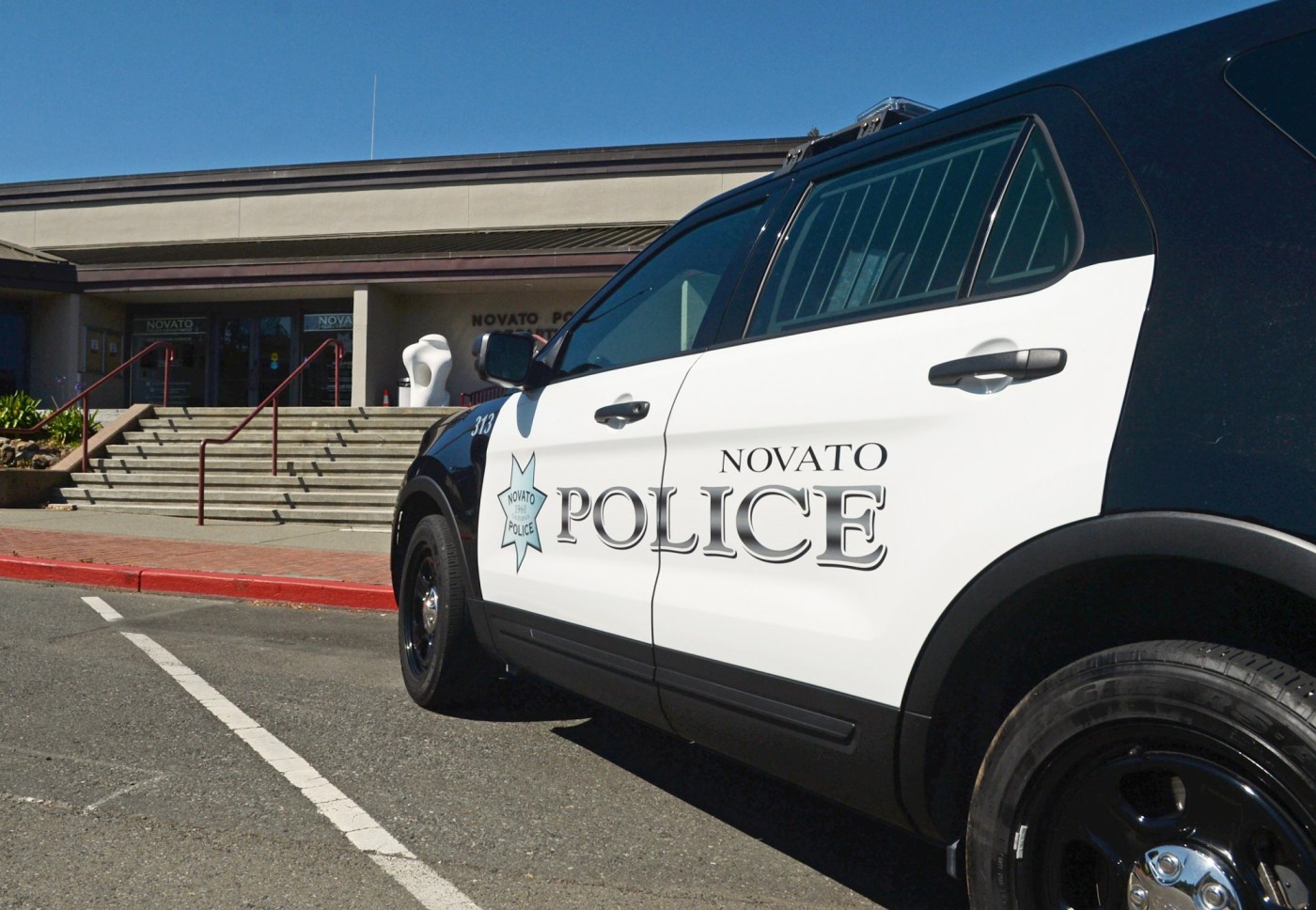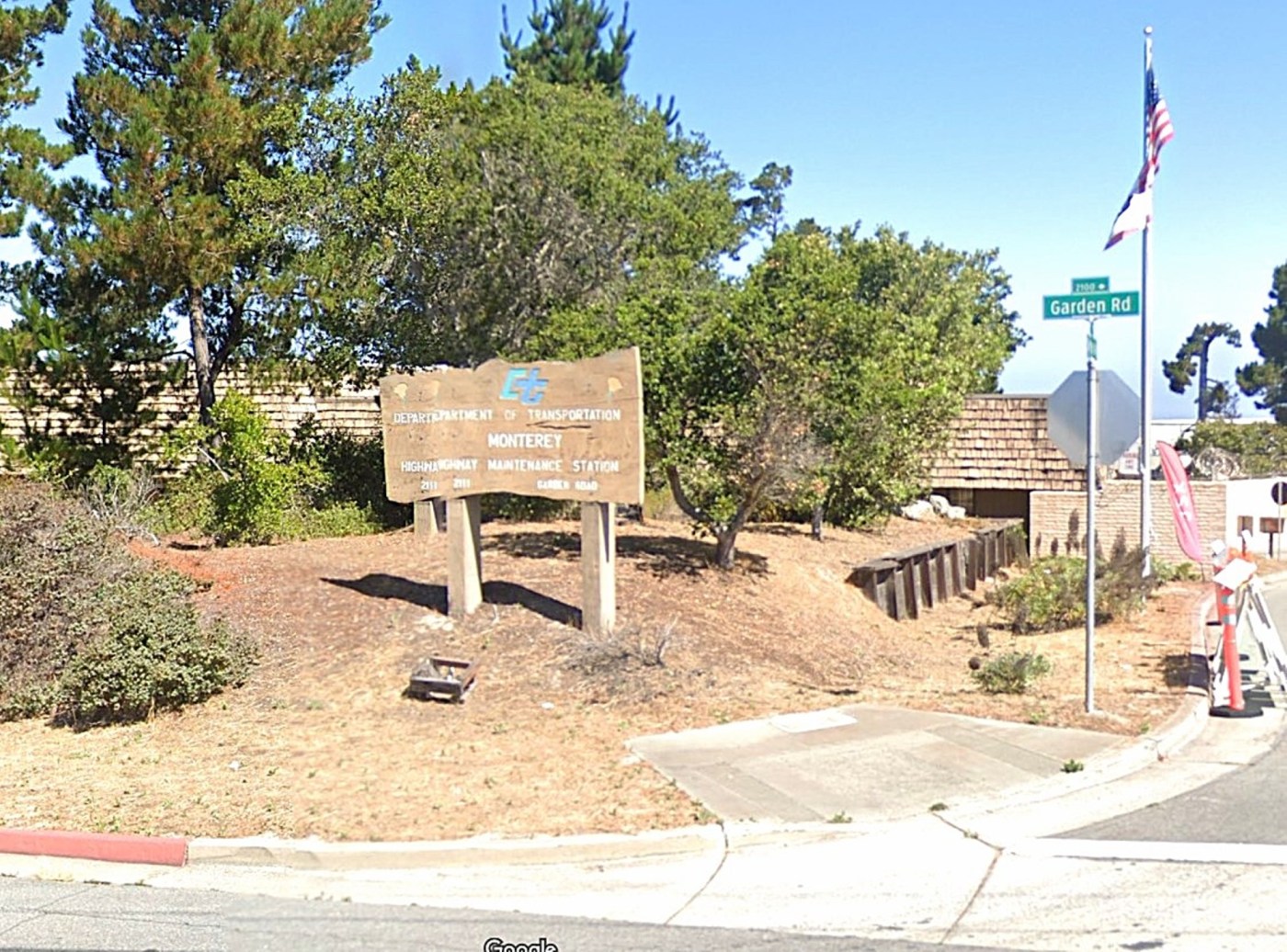By Stephanie Elam, CNN
Los Angeles — Along some 70 miles of Southern California coastline, usually curious and playful sea lions are attacking humans in the water. The animals are being poisoned by the ocean they live in, experts say, citing reports of sick sea lions at unprecedented levels. And many are dying.
Pheobe Beltran, a 15-year-old girl in Long Beach, was swimming on March 30, when a sea lion attacked her right arm.
RELATED: California family recounts sea lion attack linked to toxic algae poisoning
“I was just so scared, so shocked, but I still felt the immense pain on my arms, like, over and over again,” Beltran, who was finishing up a 1,000-yard swim during tryouts to become a junior lifeguard, told CNN affiliate KCAL.
Beltran’s arm is covered in bites, bruises and scratches, but she didn’t require stitches, she said.
Up the coast in Ventura County on March 21, a surfer near Oxnard, was bitten by a sea lion in open water. The attack left him “shaken” to his core, he said.
Sea lion bite marks are seen on Phoebe Beltran’s arm.
The sea lion “erupted from the water, hurtling toward” RJ LaMendola at top speed – its “expression was feral, almost demonic, devoid of the curiosity or playfulness I’d always associated with sea lions,” LaMendola wrote on social media of the “harrowing and traumatic experience” that included the sea lion stalking him all the way back to shore.
The cause is less demonic and more likely domoic acid toxicosis caused by toxic algal bloom, often referred to as red tide, experts say.
“The sea lions are coming in almost comatose by the time they’re stranding. Something is happening in this particular bloom that seems worse on multiple levels,” John Warner, CEO of the Marine Mammal Care Center in Los Angeles, told CNN. “But volume-wise, it’s definitely the worst we’ve ever seen.”
Dolphins also have been affected.
When the neurological toxin gets into sea lions’ food supply, it causes them to have trouble breathing and experience seizures, including a type of seizure called “stargazing” in which sea lions extend their heads back for an unnaturally long time with their eyes closed.
“When they are affected with this toxin, they’re out of their minds,” Warner said. “They’re scared. They’re totally disoriented and frightened. They really don’t understand where they are. They’re struggling to even get out of the water, so they don’t drown.”
During this time, the sea lions can experience a “hyper-energetic fight or flight kind of aggressive or scared behavior,” Warner said, adding, “if someone swims or walks next to them and they don’t see the animal or the animal doesn’t see them, that’s where some negative interactions can take place.”
The center gets 3,000 to 4,000 calls per year about sick and stranded animals when there is no emergency. There have been more than 2,000 calls to its hotline in the past five weeks alone. Warner likened the deluge of calls to a “tsunami.”
Human-induced climate change makes unwanted changes to the ecosystem
The toxin, domoic acid, is naturally present in the Pacific Ocean. Now, a process called upwelling is responsible for pushing the acid into the aquatic food chain. As winds churn up cold water off the Southern California coast, sediment rich in nutrients is swirled up from the ocean floor and becomes feed for smaller creatures in the water who are eaten by larger ones like pelicans, whales and all kinds of fish. The nutrients are a “huge amount of food that is just everywhere in the water table,” Warner said, explaining how the abundant toxic algae enter the food chain.
RELATED: Santa Cruz sea lions squeezed into tighter quarters by wharf collapse, but excellent viewing remains
Human-caused climate change and land development are also making unwanted changes to the ecosystem and feeding the outsized toxic algal blooms, Warner said. The warmer temperatures on the ocean surface are more acidic, which favors algae. Nitrogen fertilizer from farming is also running into the ocean, carried by rivers and streams, which feeds the algae just like it feeds plants on land.
While these blooms used to happen every few years, they are now happening annually, according to Warner.
“It’s when it gets out of whack that it produces these large toxic blooms that have such a huge effect on the apex predators – especially the sea lions, dolphins and marine birds,” Warner said.
In 2023, the Marine Mammal Care Center reported the worst algae event in recorded history in Southern California. This year is already seeing an increase, not just in the number of animals sickened by the bloom but also in the intensity of their sickness when they’re found stranded on beaches.
“Somewhere between 50% to 65% of animals will recover and go back to the ocean,” Warner said, noting the toxicity levels in the ocean are much higher this year and it is proving harder to heal some sea lions. “We have quite a few animals on site that we’ve had now for three weeks that are still really in more of a comatose state, and it’s questionable how many of those are going to recover.”
This could mean a lower survival rate this bloom compared to past ones, Warner said.
Working to bring the animals back to health
About 80% of the sea lions they have treated this year are pregnant, Warner estimates, noting the toxic domoic acid often forces the mothers to expel their fetuses to survive.
“Every day that the mom still is pregnant is really affecting whether she will survive this,” Warner said, adding the overall sea lion population is still robust but that this trend could have implications for the species down the line.
“It is getting to the point where elephant seal pups and sea lion pups are stranding now in high numbers,” Warner said.
To bring the animals back to health, the Marine Mammal Care Center works to flush the water-soluble toxin out of the sea lions.
RELATED: Sea lion pup wanders onto Highway 101, makes splash
“In addition to giving the anti-seizure medications … which will prevent permanent brain damage, we’re also giving a lot of fluids, a lot of nutrition to flush that out of the system,” Warner said, explaining in the beginning they tube-feed the sea lions twice a day. Within about a week, they are normally able to resume feeding themselves, but this year the recovery is taking longer, he said, adding they try to get the animals healthy and back to the ocean as quickly as possible, in part, so that there’s space to care for more ill animals.
The center has also opened a triage site in its parking lot that allows for the care of around 25 additional animals.
Domoic toxin poisoning is a death sentence for dolphins
This toxic poisoning is also deadly for dolphins. This year is the worst the center has witnessed for the mammals, with more than 70 strandings in Los Angeles County alone.
“There’s no rehabilitation that’s going to work with dolphins. Most of the time when they strand, they’re already deceased. The ones that are struggling on the beaches that are seizing,” Warner explained. “The best thing we can do is humanely euthanize them which, unfortunately, we’ve had to do more than we’ve ever done before.”
About 20 of the stranded dolphins that they’ve encountered this year are still alive.
So far this year, the center has treated 240 animals as of the end of March, but they have only budgeted to treat 300 animals for the entire year. The budget includes costs for medicine, food, personnel, freezer storage and animal disposal expenses.
LaMendola, the surfer attacked by a sea lion, was very close to the Channel Islands – the main breeding ground for California sea lions. According to the center, 85% of sea lions are born on the islands in June.
“This seems to be the epicenter of these domoic acid events the last four years,” Warner said.
The-CNN-Wire
& © 2025 Cable News Network, Inc., a Warner Bros. Discovery Company. All rights reserved.





